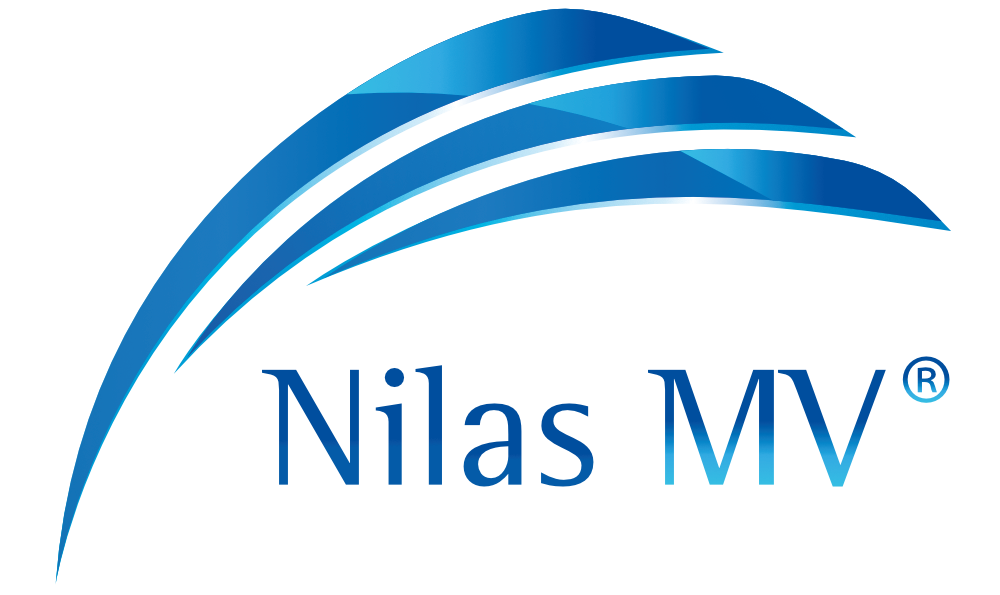 Did you know that our heart is a resonating body for many vitality processes and biorhythms? It is inter alia closely linked with our brain via neurotransmitters as well as with the organ, immune and endocrine system as well as metabolism and respiration.
Did you know that our heart is a resonating body for many vitality processes and biorhythms? It is inter alia closely linked with our brain via neurotransmitters as well as with the organ, immune and endocrine system as well as metabolism and respiration.
The activity level and performance quality of these vital functions are directly dependent on the coordination and correct functioning of the autonomic nervous system (ANS) and its two components, the sympathetic (activation) and parasympathetic (regeneration) nervous systems. Their interaction and adaptability is reflected in heart rate variability (HRV).
HRV refers to the physiological ability of the heart to continuously vary the heartbeat depending on the level of stress. The more variably a heart can beat within a certain normal range, the more efficient and resilient the organism performs. HRV is thus a global indicator for determining the individual health status.
Influencer that really have an impact on health, fitness and wellbeing:
The Autonomic Nervous System and the Factor Stress

The influences of the sympathetic (activation) and parasympathetic (recovery) nervous systems on the organism alternate dynamically without falling into extremes. Shifts in this balance, e.g. due to stress and in particular long-term stress, can have a lasting effect on well-being, fitness and health and can be measured using HRV.
On basis of a measurement of the cardiocomplex, Nilas MV® determines how variable the heart beats in order to be able to cope with stress in an efficient way. Nilas MV® “translates” the complex physiological processes and numerical models into easily understandable charts. This enables the user to access the correlations more quickly and easily, and also makes them easier for patients or clients to follow.
